For my final project, I will be creating interactive apparel. Specifically, I want to design a shirt that produces a light display when you high five, fist bump, or shake hands with someone else. This artifact will be designed to replicate the effects of a “like” on social media, the main difference being that this effect will occur in real life. Therefore, I plan to implement a flat design aesthetic in my artifact. Flat design is common in graphic design and characterized by minimalism, color gradients, and borderlines [https://en.wikipedia.org/wiki/Flat_design]. One popular example of flat design in the Instagram logo.
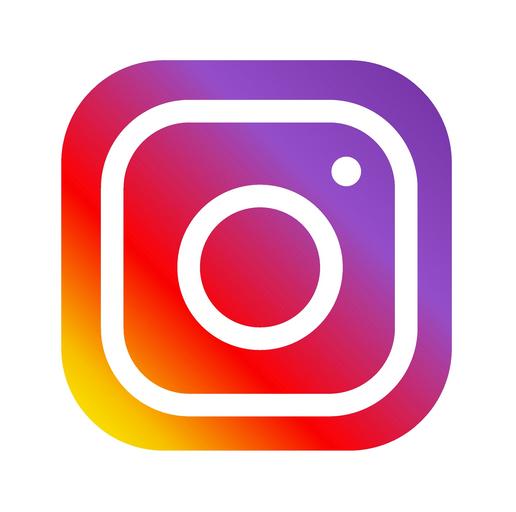
When applied to apparel, I want to utilize color gradients and borderlines to create this flat design aesthetic. This can be done by utilizing diffused LED strips along the stitch lines of a shirt along the sleeves. Here are two drawings of what these could look like.
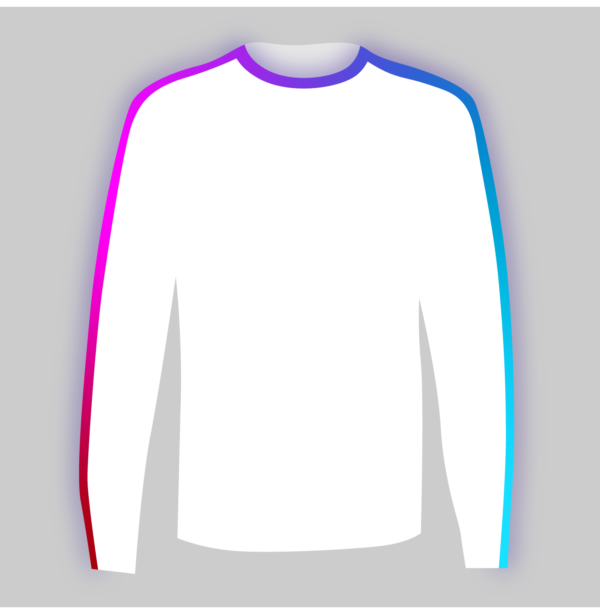
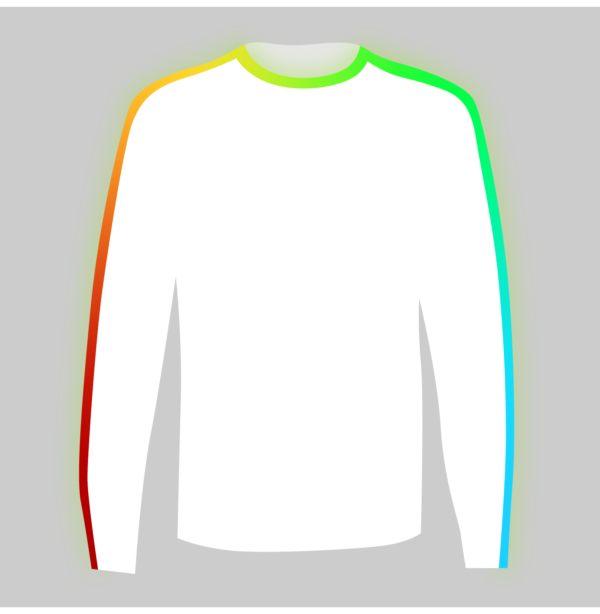
I also wanted to explore what this would look like with some contrasting aesthetics. The first thing that came to mind to contrast the above was a grey scale aesthetic. This aesthetic is categorized by the elimination of saturation. The following image provides a helpful example of what light looks like in grey scale.
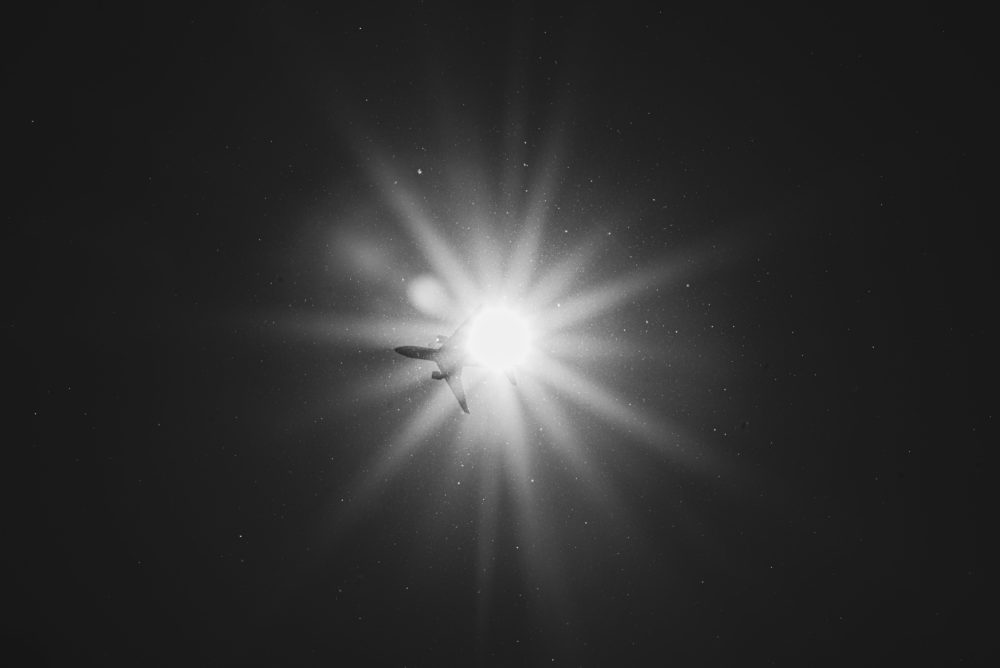
As can be seen from the above, there is a gradient from white to black. This effect I could replicate with a design similar to the designs above. This will, however, mean that RGB LEDs can no longer be used. Additionally, to amplify the effect, the shirt should be black instead of white.
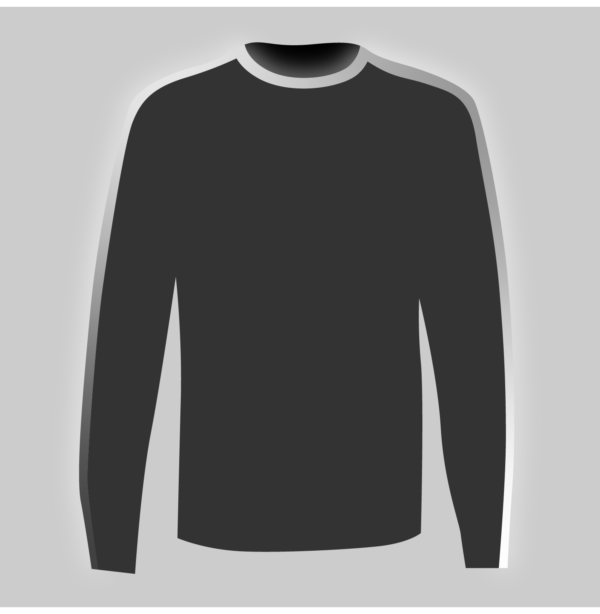
After looking at the above sketch, the grey scale aesthetic is very appealing to me. Time permitting, I would also like to pursue this look for the final artifact. Another opposing aesthetic to the flat design look is an industrial aesthetic. This aesthetic is characterized by showcasing raw materials and is often utilized in architecture [https://ciptabaliarchitect.com/industrial-architecture-design/].

Applied to this project, this look can be demonstrated by eliminating light diffusion. This way, each individual light should be shown (possibly even exposing the wires).
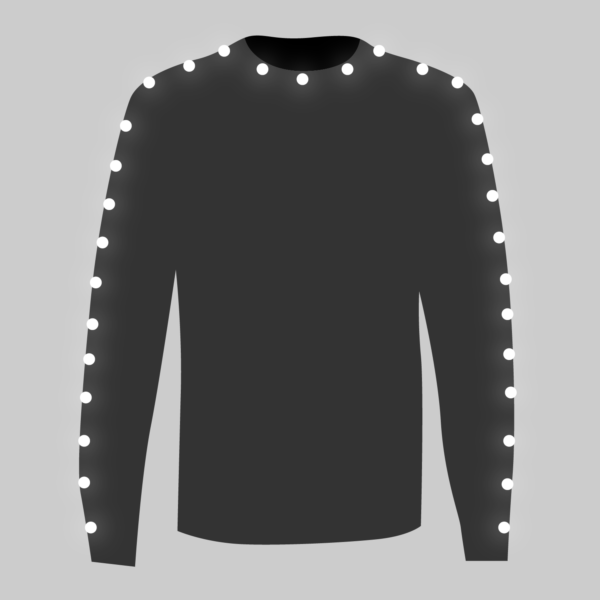
I personally do not like the industrial iteration of this artifact. The sleekness of the previous designs enhance the look while this one inhibits the look I originally wanted to achieve.

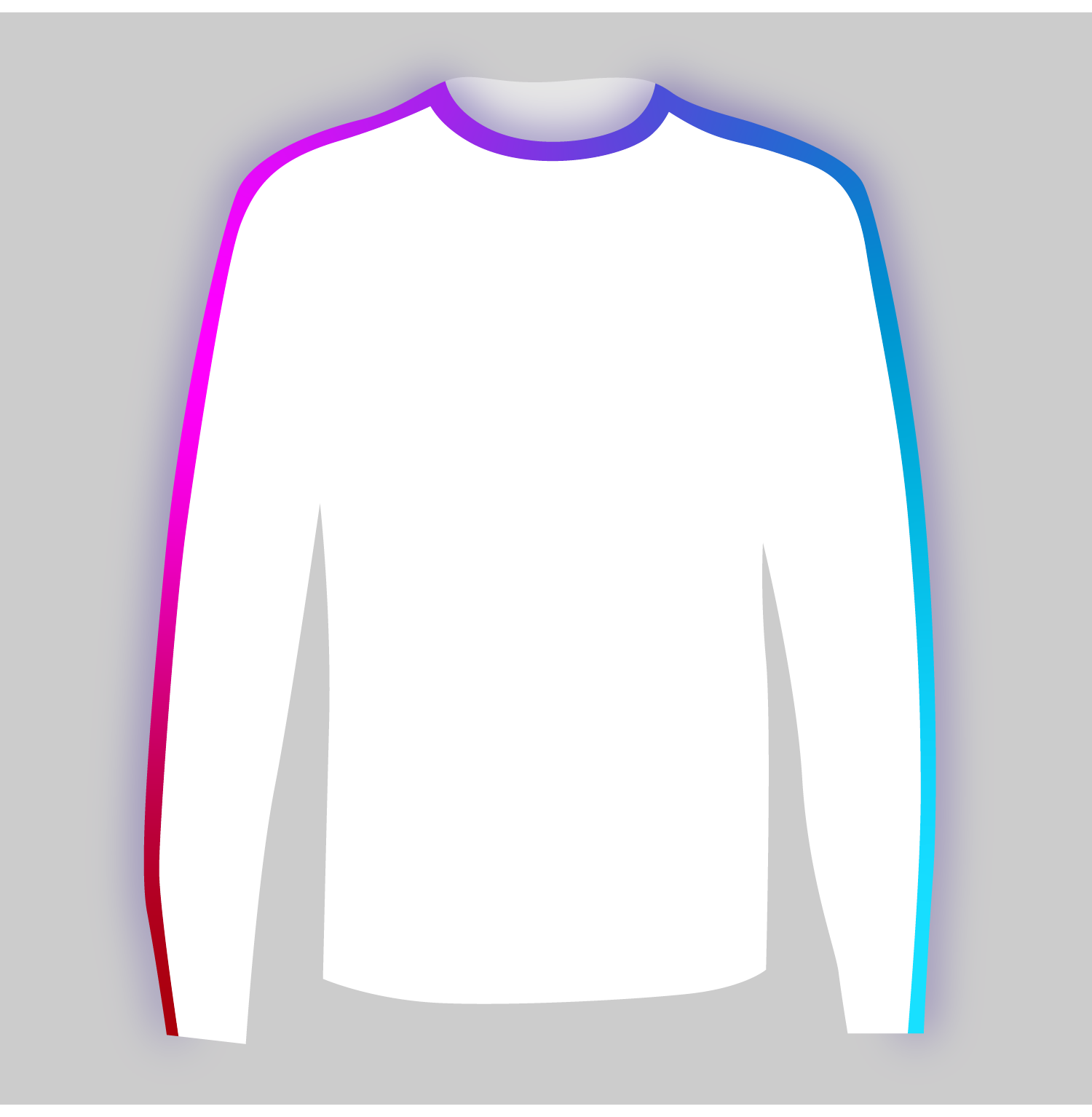
4 Comments. Leave new
Hey Jackson, I was browsing through the post titles to see which one to comment on, and when I read “Flat Design” it caught my attention. I’ve never heard of it, and didn’t know what it was. I thought it was going to be a literal “flat” design of something. But when I opened it and saw a shirt with colors, I was confused. I read your post and even looked it up myself to become more familiar with it. What I read online was that it was a minimalist way to use 2D elements and give it a 3D feel (dynamic). The fact that you will do this with lights that react to an action is really neat! How do you plan to “sense” the high-five or fist pump? What sensors or programming?
I plan on using capacitive tough sensors fixed to the users hands. Using the AT42QT1011 chip, small changes in capacitance caused by another persons hand can be detected and used to output a HIGH signal to a microcontroller, which can then turn on the LEDs.
Hi Jackson! You haven’t made it and I already want to wear it! Given that you’re not a fan of the industrial aesthetic, perhaps you would like to have a look at hypercolor, heat sensitive clothing.
https://en.wikipedia.org/wiki/Hypercolor
Hi Nicole! Thanks for the suggestion! I would love to try to do something with hypercolor. While it may not work the best with this current design, I’d like to try implementing hypercolor in other pieces that could constitute a series.